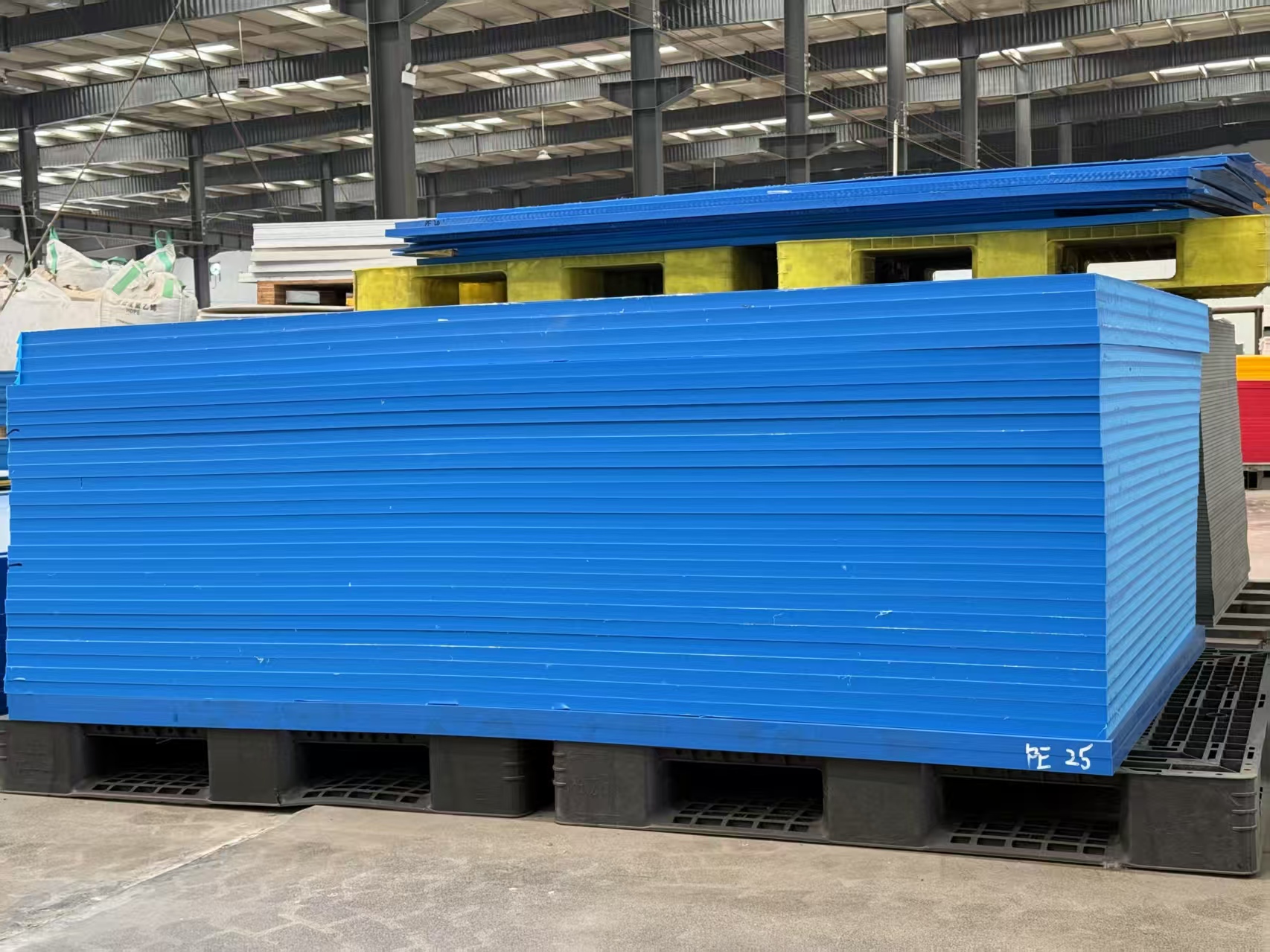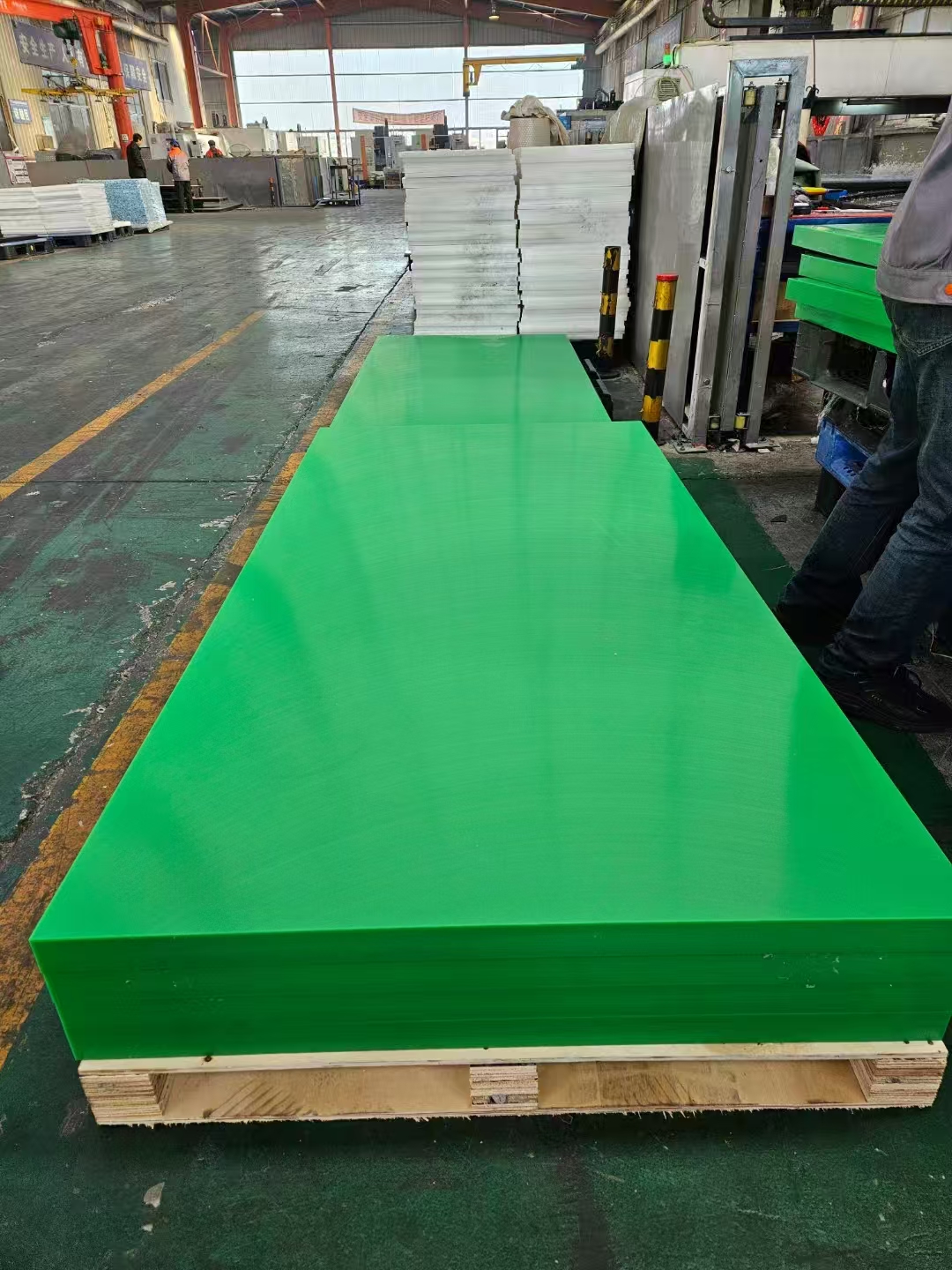Comparison of PE and PP Boards: Applications, Characteristics, and Material Differences
1. Applications
- PE Board
Polyethylene (PE) boards are extensively used across various industries, including chemical processing, machinery, power generation, clothing, packaging, and food production. They are widely applied in gas transportation, water supply, sewage systems, agricultural irrigation, fine particle solid transport in mining, as well as oilfield, chemical, and telecommunications sectors. Notably, PE boards are universally adopted in gas transportation systems due to their reliability and versatility. - PP Board
Polypropylene (PP) boards are primarily used in acid- and alkali-resistant equipment, environmental protection systems, wastewater and exhaust gas emission equipment, scrubber towers, cleanrooms, semiconductor manufacturing, and related industrial applications. PP boards are the preferred material for manufacturing plastic water tanks. Thick PP boards are commonly utilized for stamping plates and punch press cushions.
2. Characteristics
- PE Board
PE boards are relatively soft, offering excellent toughness, impact resistance, and cushioning properties. Molded PE boards, in particular, exhibit superior performance in these areas, making them suitable for applications requiring flexibility and durability. - PP Board
PP boards are characterized by high hardness but lower mechanical strength and toughness compared to PE. They have poor impact resistance and cushioning capabilities, making them less suitable for applications requiring flexibility.
3. Material Composition
- PE Board
Polyethylene (PE) is a highly crystalline, non-polar thermoplastic resin. In its natural state, high-density polyethylene (HDPE) appears milky white and exhibits a degree of translucency in thin cross-sections. - PP Board
Polypropylene (PP) is a semi-crystalline material that is harder and has a higher melting point than PE. Its increased rigidity makes it suitable for applications requiring structural stability.
Summary
PE boards excel in applications demanding toughness, impact resistance, and flexibility, with widespread use in infrastructure and industrial transport systems. PP boards, with their higher hardness and chemical resistance, are ideal for specialized equipment and environments requiring durability against corrosive substances. The choice between PE and PP depends on the specific mechanical and environmental requirements of the application.


